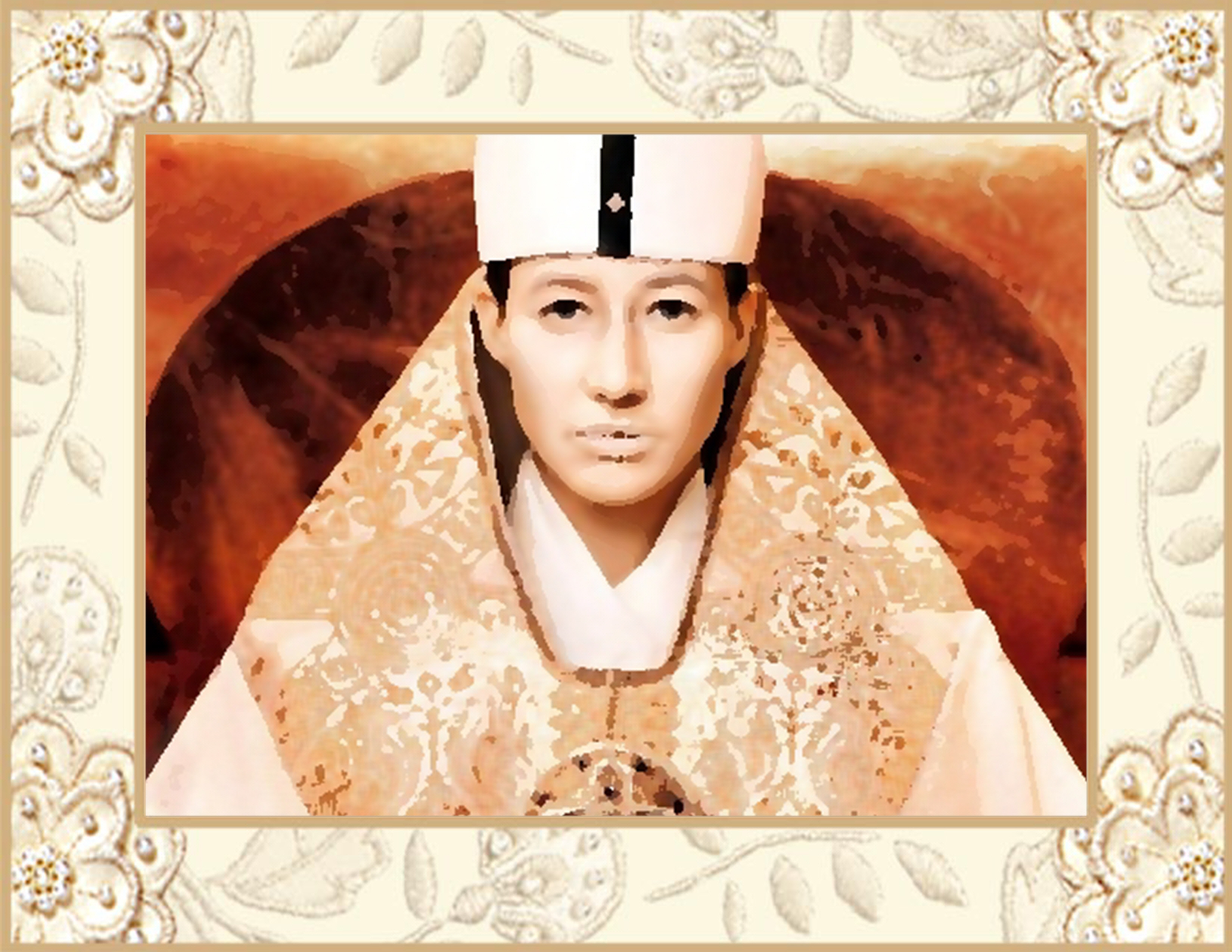 Submitted by Glorious Bastard on
Submitted by Glorious Bastard on

In today’s world of gender tolerance and sexual equality, the idea of a woman disguising herself as a man to gain access to male dominated careers is not only highly unlikely but absurd. Yet such is the case from 853-855 CE in Rome …
Although it has never been determined that the story is true and the Vatican dismisses it as a heretical myth, the story has several references that leave the curious mind with questions.
It is said that Pope Joan was born an Englishwoman who put her scholarly ambitions above all else. At age twelve, the idea of not being allowed to study with males and a future of only being a wife and mother pushed her to rebel and take on the guise of a male. She accoutered herself in an ankle length monk’s robe and headed for Greece with a “teacher.” It is said she called herself John Angelicus and that she schooled herself in Athens where her reputation for skill in the Sciences grew rapidly. Consequently, she travelled and lectured and eventually ended up at the Trivium in Rome where her reputation continued to grow. She next became a Cardinal and when Pope Leo IV died in 853, she became the Pope. Her reign was for two years and ended when she was caught giving birth by the side of a road.
A fun tale, but is there any truth to it?
The first mention of the story was found in an obscure manuscript found in the Vatican Library. The manuscript written by a ninth century Roman scribe by the name of Anastasius Bibliothecarius revealed the story of a woman who had passed herself off as a man and who became Pope John VIII.
Further, an eleventh century monk, Martinus Scotus from the Abbey of St. Martin of Cologne in Germany penned:
In AD 854, Lotharii 14, Joanna, a woman, succeeded Leo, and reigned two years, five months, and four days.1
And a twelfth century scribe, Sigebert de Gemlours wrote:
It is reported that this John was a female, and that she conceived a child by one of her servants. The Pope, becoming pregnant, gave birth to a child, whereof some do not number her among the Pontiffs.2
Stephen of Bourbon in his religious work, De septem donis Spiritu Sancti, mentions Pope Joan but only as an episode recounted in the pages of Chronicron pontificum at imperatum written by a thirteenth century annalist (name given to a class of writers on Roman history) Martin of Troppau. In it he says:
After Leo IV, John Anglus, a native of Mentz, reigned two years, five months, and four days. And the pontificate was vacant for a month. He died in Rome. He is related to have been a female, and when a girl, to have accompanied her sweetheart in male costume to Athens; there she advanced in various sciences and none could be found to equal her. So, after having studied for three years in Rome, she had great masters for her pupils and hearers. And when there arose a high opinion in the city of her virtue and knowledge, she was unanimously elected Pope. But during her papacy she became in the family way by a familiar. Not knowing the time of the birth, as she was on her way from St. Peter’s to Lateran she had a painful delivery, between the Coliseum and St. Clements. Church, in the street. Having died after, it was said she was buried on the spot.3
Most likely it was not all that simple. Depending upon which chronicler you read, Joan and her child were probably stoned to death or dragged through the city streets by horses because of crowd outrage. Conversely, there are a few writers who say Joan and the child were locked away in a convent. (use the Wikipedia link for more examples of writer/chroniclers)
The burial site eventually became an embarrassment to the Church and Pope St Pius V (1566-72) had the memorial stone marking the grave removed and broken up. Soon afterwards a decree was instituted where all papal candidates would undergo gender proving physical exams. There does exist in the Vatican Museum and odd chair that has a large keyhole shaped hole in the bottom where the ‘examiner’ could reach underneath and conduct a gender check. The chair makes one wonder why they would even need such an item unless a prior incident had not made its use necessary.
The after effects of the Pope Joan Papacy did not end there. After the birth, a bishop in the papal entourage was said to have gone to great lengths explaining the nature of the birth as an act of God. After all only God could allow a man to give birth. In 1557, the Catholic Church compiled a list of censored writers. At the top of the list was Giovanni Boccaccio who wrote The Lives of the Decameron which just happened to mention the story of Pope Joan. Seems cover-ups were as popular then as they are today. However as time marched forward and the Reformation began, Protestant pamphleteers saw the story as an excellent propaganda tool. Printed accounts exaggerated the story with each sordid retelling as a means to spread bitter anti-Catholicism.
Catholic history only reveals one English Pope, Adrian IV in 1150. Today, unless the Vatican would release any hidden date about Pope Joan the story will remain a fascinating myth.
References:
https://en.wikipedia.org/wiki/Pope_Joan
http://www.newadvent.org/cathen/08407a.htm
http://hoaxes.org/archive/permalink/pope_joan
1., .2., 3. Strange but True, Thomans Slemen, pg. 126-127
- 1104 reads